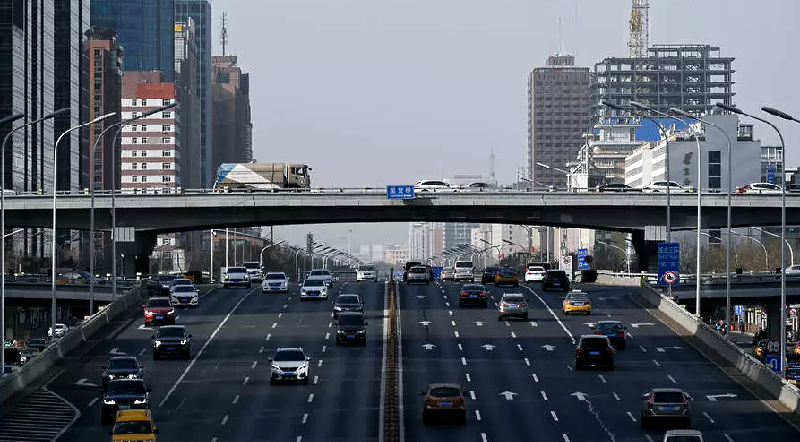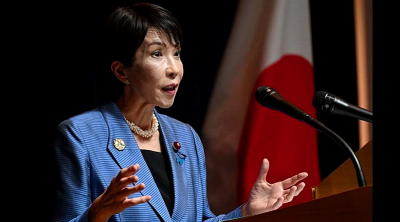By Beiyi SEOW
BEIJING, Jan 18 (AFP) — China's economy grew at the slowest pace in more than four decades last year despite a rebound after the country's coronavirus outbreak, official data showed Monday.
The 2.3 percent expansion is the lowest figure since the Chinese economyembarked on major reforms in the 1970s.
The National Bureau of Statistics (NBS) said last year was a "grave and complex environment both at home and abroad" with the pandemic having a "huge impact".
The figure was a marked slowdown from 2019 growth of 6.1 percent — itself already the lowest in decades — with the country hit by weak domestic demand and trade tensions.
But it is better than that forecast by an AFP poll of analysts from 13 financial institutions, who predicted a 2.0 percent expansion.

Covid-19, which has ravaged the world economy, first emerged in central China in late 2019. But the world's second-largest economy also became the first to bounce back after imposing strict lockdowns and virus control measures.
It is expected to be the only major world economy clocking positive 2020 growth.
In the last three months of 2020, China's economic rebound continued with a better-than-expected 6.5 percent growth on-year, a sustained improvement since the second quarter.
This brings it back to a pre-pandemic trajectory, although full-year 2020 growth is still its worst performance since 1976, when the economy shrank 1.6 percent.
That was two years before former leader Deng Xiaoping set in motion a shift away from communist-style central planning, turning China into an industrial, trade and tech powerhouse.
Recovery 'not yet firm'
NBS commissioner Ning Jizhe told reporters on Monday that the foundation for China's economic recovery "is still not yet firm".
"There are many uncertainties in the changing dynamics of the pandemic, as well as the external environment," he said.
According to the latest data, industrial production grew 2.8 percent on-year for 2020, slowing further from previous years.
Retail sales, whose recovery has lagged behind that of industrial activity, shrank 3.9 percent for the full year with consumers wary of spending as the pandemic lingered.
But the urban unemployment rate remained at 5.2 percent, and Ning said the number of newly-employed in urban areas was more than 11 million — exceeding the target of nine million.
However, experts have cautioned that unemployment could be higher than official figures suggest due to large numbers of people in China's informal workforce.
"The strengthening momentum of China's economic rebound during the fourth quarter of 2020 reflected improving private consumption expenditure as well as buoyant net exports," Rajiv Biswas, IHS Markit's Asia-Pacific chief economist, told AFP.
He added that exports were helped by rebounding orders from the United States and Europe, including shipments of medical equipment during the pandemic.
Looking ahead, new government restrictions due to Covid-19 outbreaks in two provinces could hamper first quarter growth this year, said Louis Kuijs of Oxford Economics.
But he added: "For now, we think the risk of major economic impact is low, given China's track record of containing outbreaks."
ADVERTISEMENT
ADVERTISEMENT


































